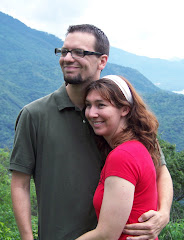According to the CDC:
Autism spectrum disorders (ASDs) are a group of developmental disabilities defined by significant impairments in social interaction and communication and the presence of unusual behaviors and interests. Many people with ASDs also have unusual ways of learning, paying attention, or reacting to different sensations. The thinking and learning abilities of people with ASDs can vary – from gifted to severely challenged. ASD begins before the age of 3 and lasts throughout a person's life. It occurs in all racial, ethnic, and socioeconomic groups and is four times more likely to occur in boys than girls.The topic is of particular interest to me, since I worked for a few years in a program for autistic adults at Southside Art Center in Sacramento. I’ve seen firsthand the challenges that autism can present to individuals and their families. Though I don’t know if this yet constitutes a “national crisis” (Peter Bell, Cure Autism Now), there is no doubt that the high rates of autism will have an effect in our schools and church youth groups.
The question is, how will we respond?
SYMPTOMS OF AUTISM
• Social skills. People with autism may not make eye contact with other people, have trouble understanding other people's feelings or have other problems interacting with other people.
• Speech, language and communication. About 40% of children with autism do not talk; others may repeat words or phrases they hear. Some can speak very well but have trouble carrying on a two-sided conversation.
• Repeated behaviors and routines. People with autism may repeat behaviors, or they may want to have set routines so they know what to expect.
• Development. Children with autism develop at different rates than other children their age. For instance, a child with autism may be able to put together a complex puzzle but be unable to talk.
Source: Centers for Disease Control and Prevention


No comments:
Post a Comment